Macroalgae and Microalgae
- Alcarbo Technologies
- Aug 6
- 3 min read
Updated: Aug 8
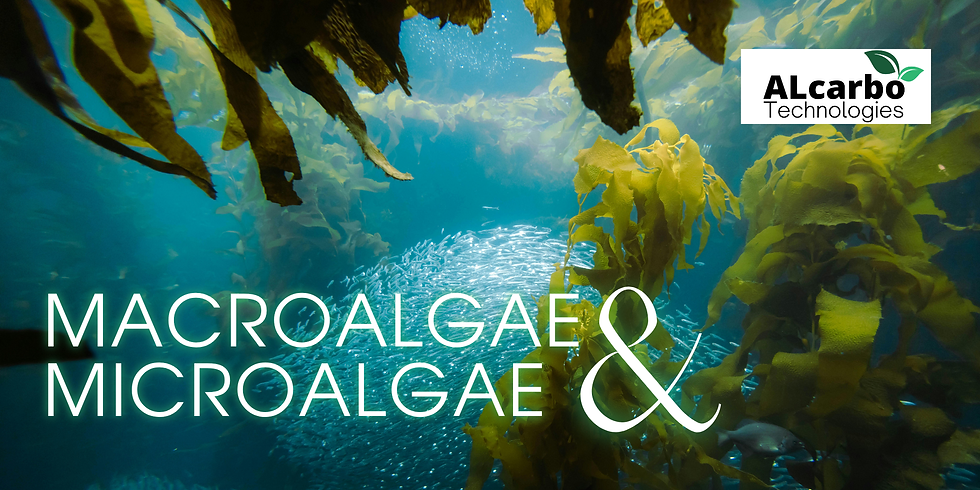
Algae are incredibly diverse, plant-like organisms that live mainly in water and play a vital role in our planet’s ecosystems. They come in many shapes and sizes, and while you may not notice them every day, algae are quietly helping produce oxygen, absorbing carbon dioxide, and even showing up in products you use at home.
Algae are usually divided into two main groups: macroalgae and microalgae.

Macroalgae are large, multicellular algae that you can see with the naked eye. They often grow in shallow waters along coastlines, forming dense underwater forests that support marine life. They’re commonly known as seaweed, and you’ve probably seen or even eaten some before!
Here are some examples of macroalgae
Kelp (Laminaria, Macrocystis)

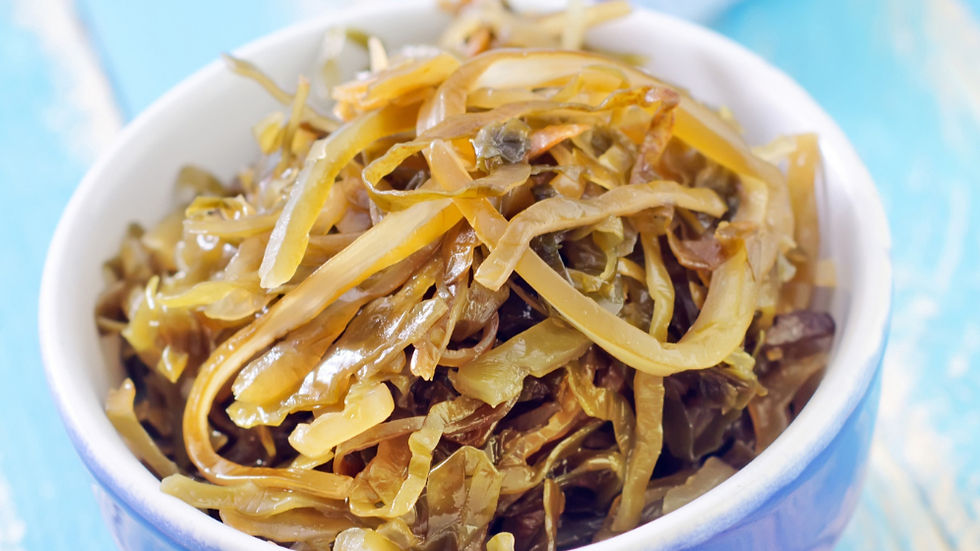
It normally grows in cool ocean water, and forms giant underwater forests. Can be used in food, cosmetics, and fertilizers. Kelps provide critical habitat and are an important food source for a wide range of coastal organisms, including many fish and invertebrates.
Nori (Porphyra)

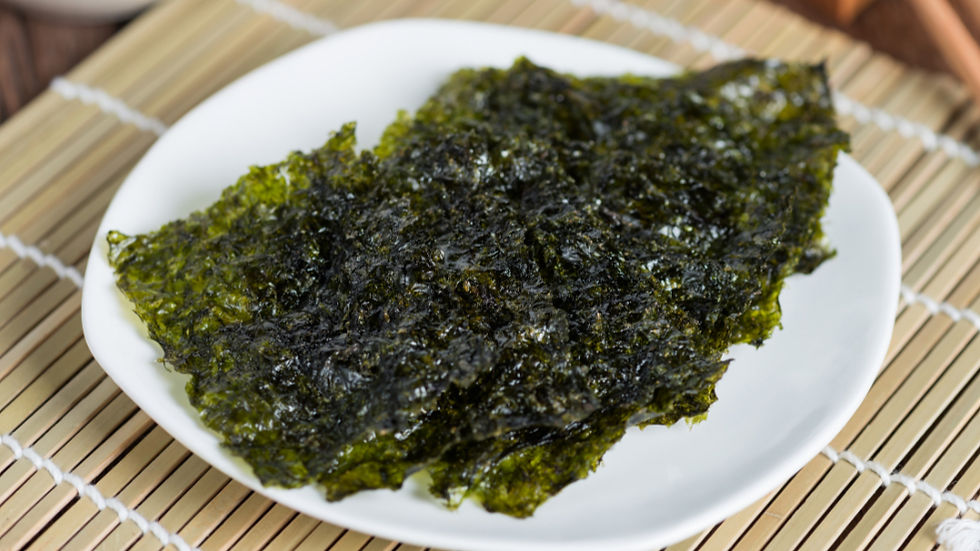
A type of red algae. Nori is a type of edible seaweed used in various food products and recipes. It is a dark green seaweed traditionally produced in the coastal parts of Japan and has been harvested from the ocean for centuries. You may find nori used in salads, sushi, soups, rice bowls, and other small bites.
Ulva (as known as sea lettuce)

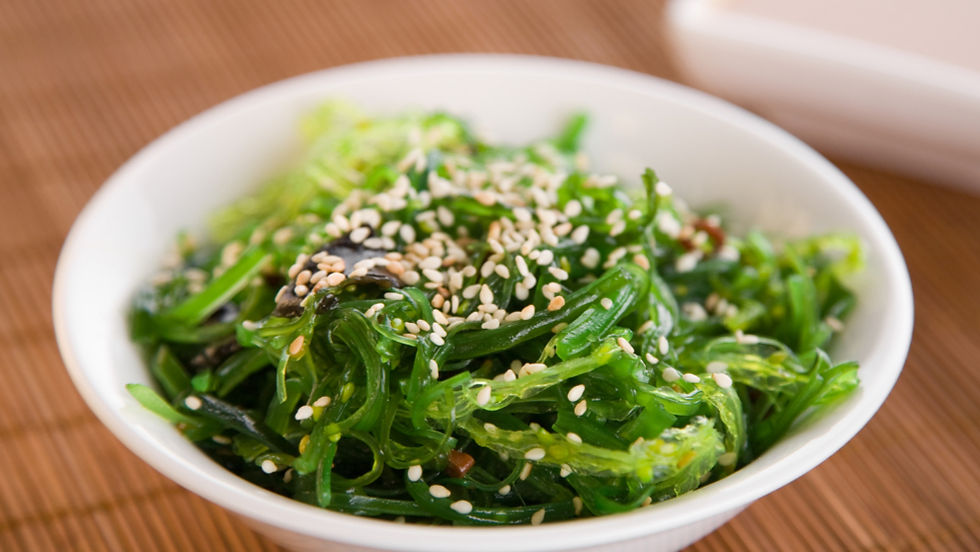
A green algae. Usually grows in shallow areas. Edible and used in salads and soups. As implied by its name, sea lettuce can be eaten in its fresh, raw form in a salad; either alone, mixed with other fresh seaweeds, or tossed with land greens. Fresh sea lettuce has a soft texture but strong flavor variously described as vibrant, ocean, slightly salty, and similar to sorrel.
Sea caviar (Seagrape)
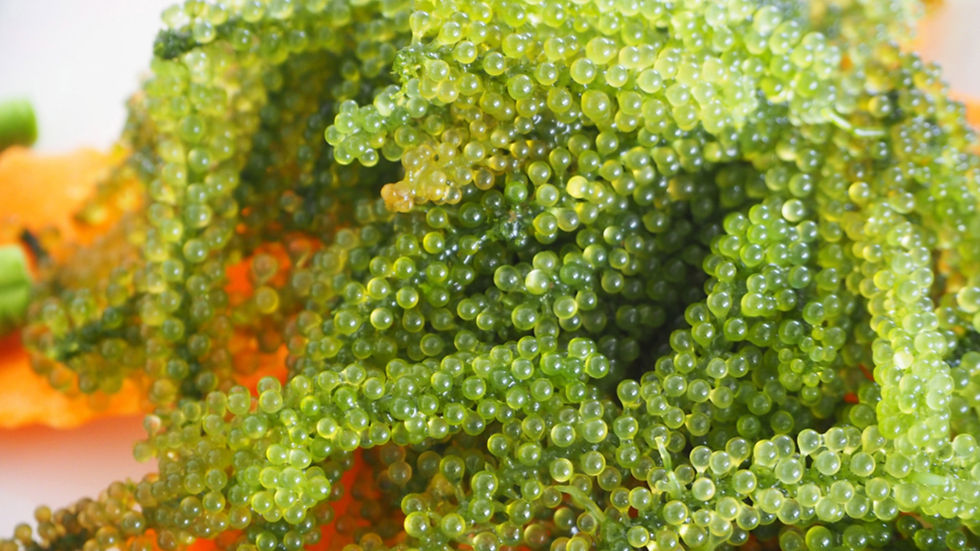
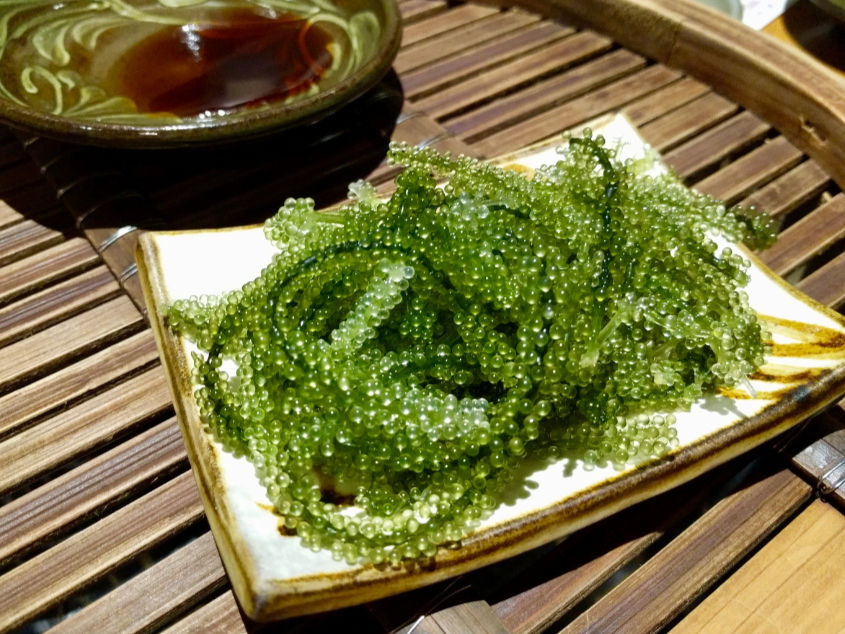
A species of green algae from coastal regions in the Asia-Pacific. Often referred to as green caviar for their appearance like fish roe, but are actually seaweed. Traditionally they were harvested wild off the seafloor, but due to demand, farming has become the main method of production. Sea grapes are found in the cuisines of Vietnam, Korea, Indonesia, and Japan, where they are eaten raw, in soups, on rice, and in salads.

Microalgae are microscopic, single-celled algae that float in freshwater or seawater. Although you can’t see them without a microscope, they’re some of the most important organisms on Earth.
They produce around 50% of the world’s oxygen and are super efficient at capturing carbon dioxide, which makes them incredibly valuable in the fight against climate change.
Here are some examples of microalgae
Chlorella


A type of green microalgae. It is single-celled and typically found in freshwater environments. Chlorella is rich in proteins, vitamins, and chlorophyll, and is commonly used as a dietary supplement. It is praised for its potential detoxifying properties and is often added to smoothies, juices, and health foods. Due to its high nutrient content, Chlorella is also researched for its potential in sustainable food production and biofuel development.
Spirulina


A blue-green microalgae which is a type of cyanobacteria. Spirulina grows naturally in alkaline lakes and can also be cultivated in man-made ponds. It is widely consumed as a dietary supplement due to its exceptionally high protein content and abundance of vitamins, minerals, and antioxidants. Often sold as a powder or tablet, Spirulina is used in health drinks, energy bars, and even pet food. It has a deep green-blue hue and a slightly earthy taste.
Tetraselmis
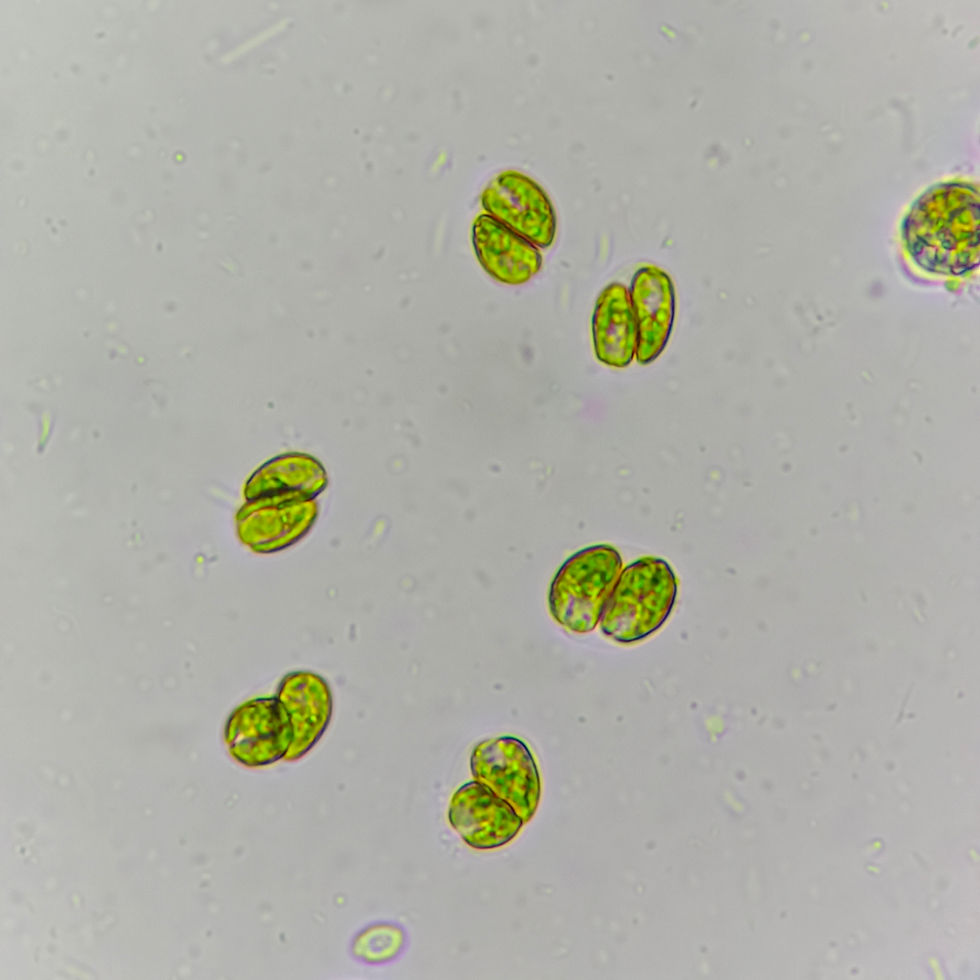

A genus of green microalgae. Tetraselmis thrives in marine environments and is known for its high lipid and protein content. It is often used in aquaculture, especially as a feed for fish larvae and shellfish. Tetraselmis is also investigated for its biofuel potential and as a source of valuable compounds like omega-3 fatty acids. It has a high chlorophyll content, giving it a bright green color under the microscope.
Haematococcus


A freshwater microalga best known for producing astaxanthin, a powerful antioxidant with a reddish pigment. Haematococcus pluvialis is cultivated in controlled environments and harvested for use in dietary supplements, cosmetics, and aquaculture. The algae accumulate astaxanthin under stress conditions like high light or nutrient deprivation. Astaxanthin derived from Haematococcus is prized for its anti-inflammatory and anti-aging properties.
.png)
Comments